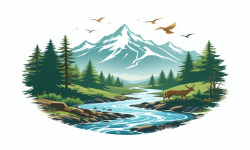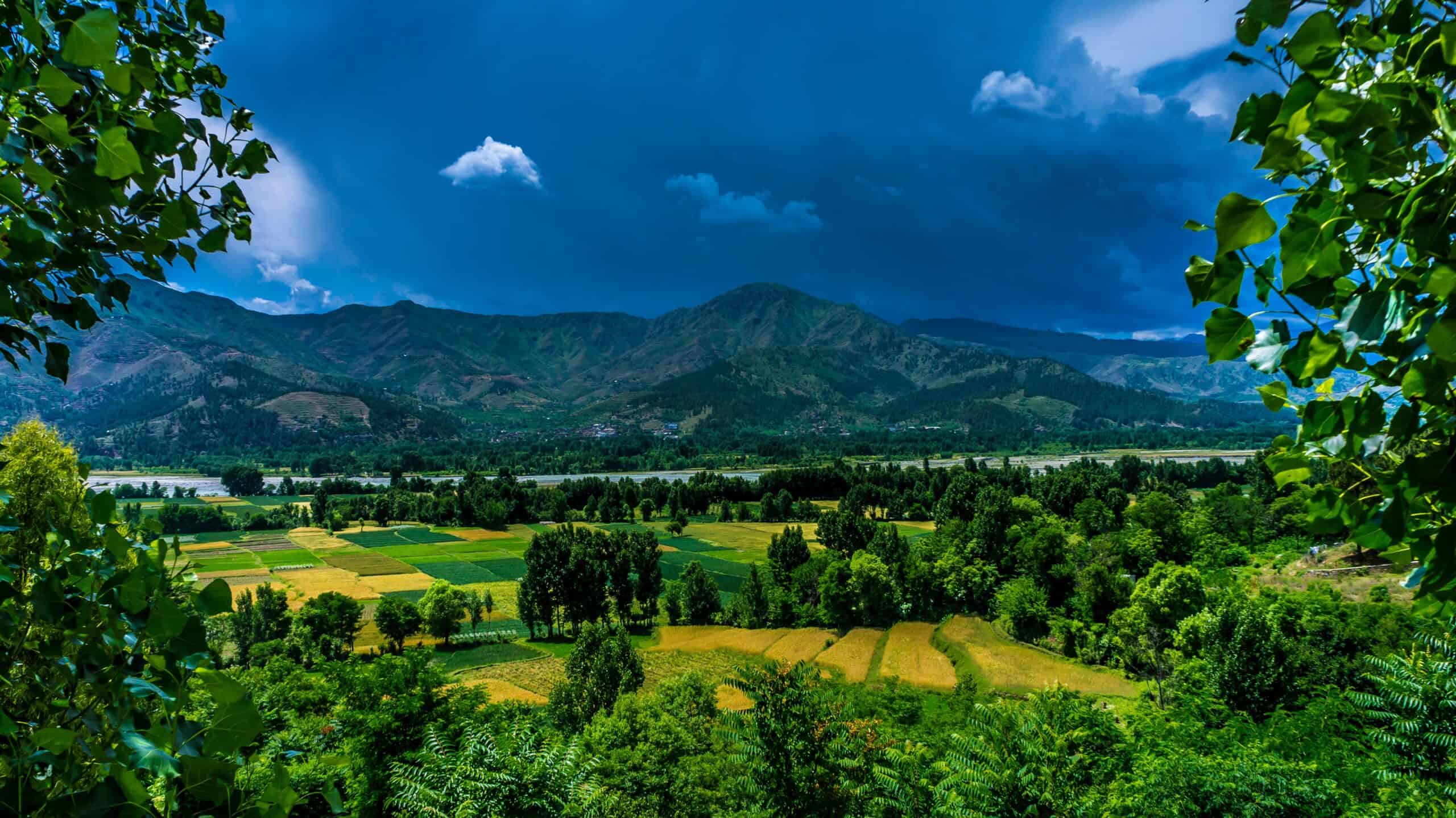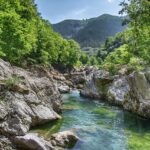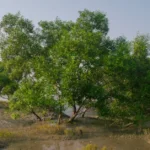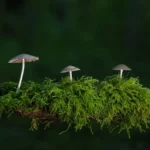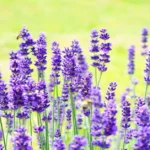The diverse and vibrant natural vegetation plays a crucial role in maintaining the balance of our ecosystem. Discover the various plant life that blankets our world in different types of natural vegetation.
Natural vegetation refers to the plant life that exists in a region without human interference. It encompasses a wide array of plants, including trees, shrubs, grasses, and other forms of flora, existing in their natural habitat.
The classification of natural vegetation is based on factors such as climate, soil, and topography, resulting in distinctive types in various regions globally.
From dense forests to dry deserts, this exploration unravels the different natural landscapes found on Earth.
Types of Natural Vegetation
Natural vegetation refers to plants that haven’t been cultivated by humans. These plants thrive without human assistance, obtaining all necessary nutrients from their surroundings. The correlation between land height and vegetation characteristics is evident.
As height varies, so does the climate, influencing the natural vegetation. The development of vegetation is influenced by factors such as temperature, moisture, slope, and soil thickness.
Changes in these elements contribute to the diversity and adaptation of natural plant life across different regions.
The intrinsic connection between environmental factors and the growth of vegetation highlights the dynamic interplay shaping the landscapes we observe at various elevations.
There are five major types of natural vegetation these are:
Forests
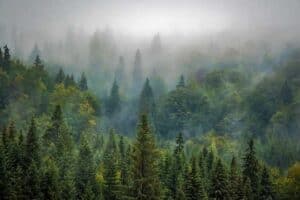
Forests, a vital component of natural vegetation, are expansive areas densely covered with trees and various plant species. These green giants contribute significantly to the ecological balance of our planet, playing a crucial role in sustaining life.
Forests are not homogenous; instead, they encompass diverse types such as tropical rainforests, temperate forests, and boreal forests, each adapted to specific climatic conditions.
Tropical rainforests, found near the equator, boast unparalleled biodiversity with a myriad of plant and animal species coexisting in a complex web of life.
Temperate forests, prevalent in milder climates, showcase a mix of deciduous and coniferous trees, shedding leaves in autumn or maintaining their greenery throughout the year.
Boreal forests, situated in colder regions, consist of hardy evergreen trees like spruce and pine, adapted to survive harsh winters.
Forests provide numerous ecological benefits. They act as carbon sinks, absorbing and storing carbon dioxide, thereby mitigating climate change.
The dense vegetation also aids in regulating temperatures, influencing local and global weather patterns. Additionally, forests serve as habitats for a diverse array of wildlife, supporting intricate ecosystems.
Indigenous communities often rely on forests for resources like food, medicine, and materials for shelter.
However, rampant deforestation poses a significant threat to the world’s forests, disrupting ecosystems, endangering species, and contributing to climate change.
Conservation efforts and sustainable forest management are imperative to preserve these invaluable natural ecosystems, ensuring they continue to thrive and fulfill their essential roles in maintaining the health of our planet.
Also Read: Importance of Natural Vegetation and Conservation
Deserts
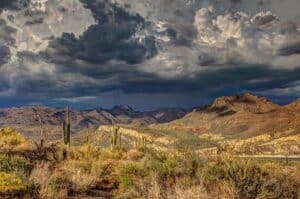
Among the different types of natural vegetation deserts are among one of them. Deserts, characterized by arid landscapes and minimal precipitation, host a distinctive form of natural vegetation uniquely adapted to harsh conditions.
Unlike the lush greenery of forests, deserts showcase a resilience born of scarcity. The plants that thrive in these arid expanses are typically xerophytes, equipped to survive in low-water environments.
Cacti stand out as iconic representatives of desert vegetation, with their ability to store water in fleshy stems, enabling them to endure prolonged periods of drought.
Other desert flora includes succulents, such as agaves and aloes, which store water in thick leaves, ensuring survival during scarce rainfall.
The adaptability of desert vegetation extends beyond water storage mechanisms. Many plants have evolved specialized features like reduced leaves or thorns to minimize water loss through transpiration.
Additionally, some plants, like tumbleweeds, have developed dispersal strategies to navigate the challenging desert terrain and find suitable conditions for growth.
While deserts may seem barren at first glance, their vegetation plays a vital role in maintaining ecological balance. These hardy plants provide sustenance for various desert-dwelling animals and contribute to soil stability, preventing erosion in the absence of consistent rainfall.
Human activities, such as overgrazing and urbanization, pose threats to desert vegetation. Sustainable conservation practices are crucial to preserving the unique flora of these arid landscapes.
Understanding and appreciating the intricate adaptations of desert plants shed light on the remarkable resilience of nature in the face of challenging environmental conditions.
Grasslands

Grasslands, vast expanses dominated by grasses and herbaceous plants, form a distinct category of natural vegetation adapted to specific environmental conditions.
These ecosystems, also known as prairies, steppes, or savannas, thrive in regions where there is not enough rainfall to support forests but more precipitation than in deserts.
Grasslands are characterized by the prevalence of grass species like buffalo grass, blue grama, and tallgrass varieties. These plants are well-suited to the semi-arid conditions of grasslands, with their deep root systems efficiently accessing water stored in the soil.
Unlike trees in forests or shrubs in deserts, grasses have evolved to endure grazing and periodic fires, promoting their growth and survival.
The animal life in grasslands is as diverse as the vegetation. Large herbivores like bison, gazelles, and wildebeests graze on the abundant grass, while predators like lions and wolves roam the open spaces.
The coevolution of grasses and herbivores has shaped these ecosystems into dynamic landscapes where plant and animal life are intricately interconnected.
Humans have historically utilized grasslands for agriculture and grazing. The fertile soil of some grasslands makes them ideal for cultivation, while the vegetation provides forage for livestock.
However, overgrazing and agricultural activities have led to the degradation of grasslands in various parts of the world.
Conservation efforts are essential to protect the delicate balance of grassland ecosystems. Sustainable land management practices, such as rotational grazing and controlled burns, aim to mimic the natural processes that have shaped these landscapes for centuries.
Understanding the importance of grasslands and their role in supporting biodiversity emphasizes the need for responsible stewardship to ensure their continued vitality.
Tundra
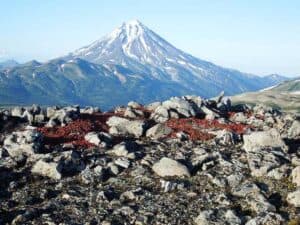
Tundra, a unique and vast biome, represents a distinctive form of natural vegetation adapted to extreme cold and inhospitable conditions. This expansive ecosystem, characterized by frozen soil and a short growing season, is found primarily in the Arctic and Antarctic regions.
Tundra vegetation consists of hardy, low-growing plants, as towering trees are unable to survive in the harsh climate.
Mosses, lichens, and small shrubs are the primary components of tundra vegetation. These plants have adapted to the permafrost, the permanently frozen soil beneath the surface, by developing shallow root systems.
This adaptation allows them to access nutrients in the thin active layer above the permafrost during the brief summer months when the top layer thaws.
Tundra vegetation plays a crucial role in supporting the limited animal life that inhabits this harsh environment. Herbivores like caribou and muskox feed on the tough, low-lying plants, while predators like Arctic foxes and snowy owls depend on them for sustenance.
The interconnected relationships between the plants and animals in the tundra highlight the delicate balance of this ecosystem.
Human activities, such as oil and gas exploration and infrastructure development, pose significant threats to the fragile tundra environment. The extraction of resources can disrupt the sensitive vegetation and impact the entire ecosystem.
Conservation efforts are crucial to protecting the unique biodiversity of the tundra and preserving its role in the global ecological system.
Understanding the resilience and adaptability of tundra vegetation provides insights into the remarkable ability of nature to thrive in the most challenging conditions.
As a vital component of Earth’s diverse natural landscapes, the tundra reminds us of the importance of responsible environmental stewardship to ensure the survival of these unique ecosystems for future generations.
ICE Sheet
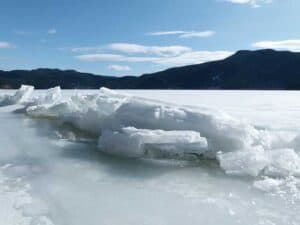
Ice sheets, while not traditional vegetation, are colossal masses of glacial ice covering vast expanses of land, particularly in polar regions. These immense formations, such as the Antarctic and Greenland ice sheets, play a crucial role in shaping the Earth’s geography and influencing global climate patterns.
Comprising layers of compacted snow over thousands of years, ice sheets can reach staggering thicknesses. The Antarctic Ice Sheet, for instance, holds approximately 60% of the world’s freshwater and is crucial for maintaining sea levels.
Similarly, the Greenland Ice Sheet has a significant impact on the Arctic environment.
Despite their apparent lifelessness, ice sheets host unique microbial communities. These microorganisms, adapted to extreme cold and low-nutrient conditions, reside in the ice, demonstrating life’s ability to persist even in seemingly inhospitable environments.
The melting of ice sheets is a critical concern in the context of climate change. As global temperatures rise, these vast ice formations contribute to rising sea levels, posing threats to coastal areas worldwide.
Understanding the dynamics of ice sheets and their responses to environmental changes is essential for predicting future sea-level rise and mitigating the potential impacts on coastal communities.
While not exhibiting the vibrant biodiversity of traditional ecosystems, ice sheets are integral components of Earth’s interconnected systems. Their preservation is essential not only for the stability of polar environments but also for the broader global climate.
As we grapple with the consequences of climate change, recognizing the significance of ice sheets underscores the interconnected nature of Earth’s natural processes and the imperative to safeguard these colossal ice formations for the well-being of our planet.
Conclusion
The different types of natural vegetation provide a profound insight into the adaptability and resilience of plant life across different ecosystems. From the towering trees of forests to the hardy plants of deserts, each vegetation type has evolved unique strategies to thrive in its specific environment.
Grasslands showcase the coexistence of grass species and herbivores in a delicate balance, while tundra vegetation exemplifies the tenacity of life in extreme cold conditions. Additionally, ice sheets, although not traditional vegetation, play a pivotal role in global climate regulation.
Understanding and appreciating these various vegetation types underscore the intricate connections between plants, animals, and their environments.
Preserving the delicate balance of natural vegetation is imperative for sustaining biodiversity and maintaining the health of our planet’s ecosystems.
